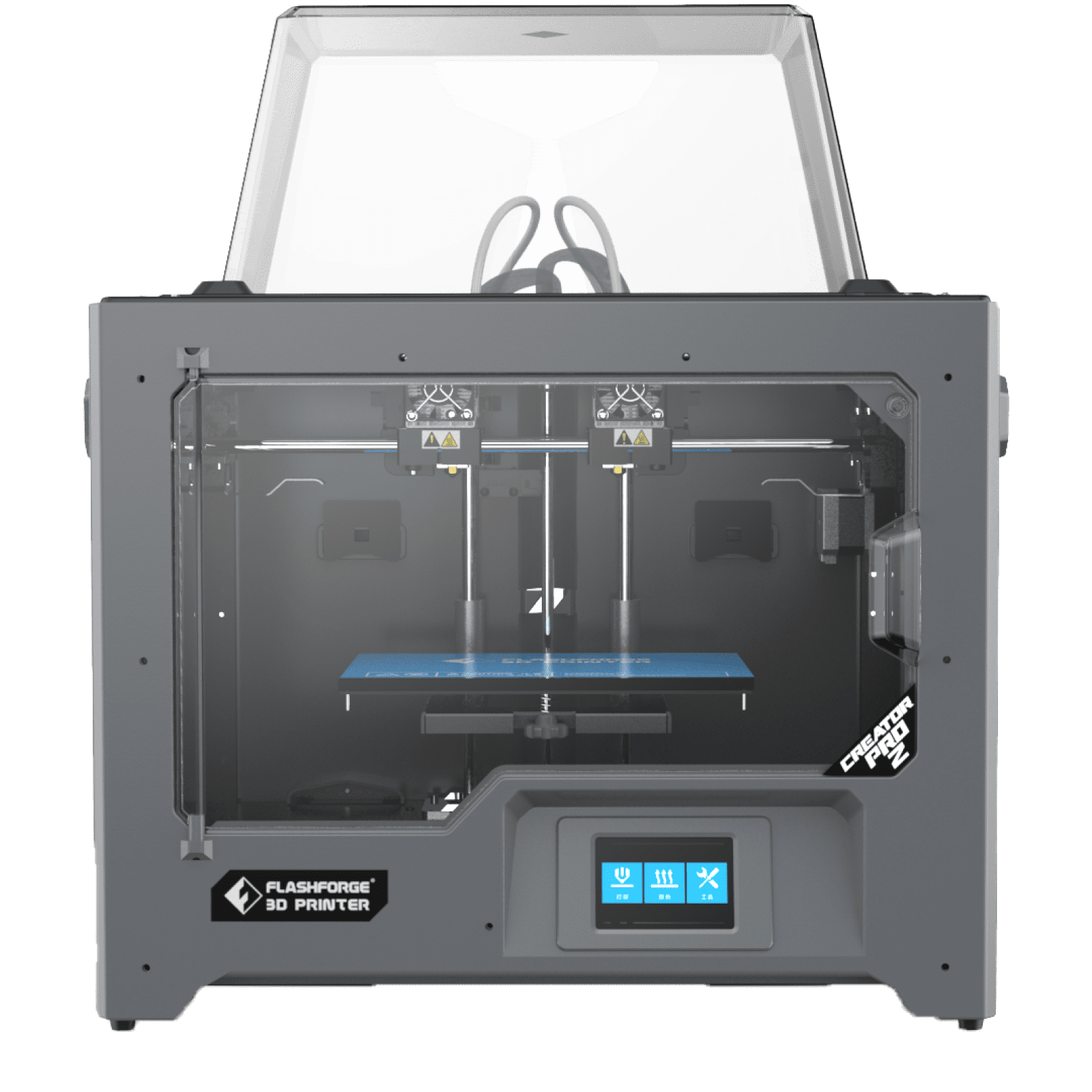If you're interested in 3D printing, you might wonder what materials you need to start. 3D printing is an exciting technology that allows you to create custom objects from digital designs, but it can be overwhelming to know where to start. This article will explore the essential materials and tools you need to begin 3D printing.
1. 3D Printer
The first item you will need to get started with 3D printing is a 3D printer. Many different types of 3D printers are available, from affordable hobbyist models to high-end industrial printers. The type of printer you choose will depend on your budget, intended use, and personal preferences.

The most common types of 3D printers are Fused Deposition Modeling (FDM) and Stereolithography (SLA) printers. FDM printers are the most affordable and widely available type of 3D printer. They work by melting plastic filament and extruding it through a nozzle to create a 3D object layer by layer. SLA printers, on the other hand, use a liquid resin that is cured by a laser to create the object. SLA printers can create more detailed and complex objects than FDM printers, but they are more expensive and require more maintenance.
2. Filament
Filament is the material that is used to create 3D prints. Many different types of filaments are available, each with unique properties and capabilities. The most common types of filaments are PLA, ABS, PETG, Nylon, and TPU.
PLA filament is the most popular choice for beginners because it is easy to use and produces high-quality prints. It is made from corn starch and other natural materials and is also environmentally friendly. ABS filament is another popular choice, but it can be more challenging to print with than PLA. PETG filament is a good choice if you want the strength of ABS but the ease of use of PLA.

Nylon filament is strong and durable but can be difficult to print with due to its high melting point. TPU filament is flexible and rubbery, making it ideal for creating objects that need to be able to bend and stretch.
3. Slicer Software
Slicer software is used to convert a 3D design into instructions that the 3D printer can understand. Slicer software takes the 3D model and divides it into layers, then creates a set of instructions for the printer to follow to create the object layer by layer.

Some popular slicer software options include Ultimaker Cura, PrusaSlicer, and Simplify3D. These software options allow you to adjust settings such as print speed, temperature, and layer height to customize your 3D prints.
4. Design Software
To create your own 3D models, you will need design software. There are many different design software options available, ranging from free options like Tinkercad to more advanced options like Fusion 360.
Tinkercad is a great option for beginners because it is easy to use and free. It allows you to create basic 3D models using simple shapes and tools. Fusion 360 is a more advanced option that offers more powerful design tools but has a steeper learning curve
5. Build Surface
A build surface is the surface that the 3D printer prints onto. There are many different types of build surfaces available, including glass, metal, and plastic. Some printers come with a build surface included, while others require you to purchase one separately.
Build surfaces are important because they help the 3D print adhere to the bed and prevent warping or shifting during printing.
6. Filament Extruder
A filament extruder is a machine that produces filament from raw plastic pellets. This is useful for those who want to create their own custom filament or for those who want to save money by recycling old plastic items.
3D Scanner A 3D scanner is a tool that is used to scan physical objects and create a digital 3D model. This can be useful for replicating existing objects or creating custom designs based on existing objects.
Conclusion
Getting started with 3D printing requires a basic understanding of the materials and tools involved. Choosing the right materials and equipment makes it possible to create high-quality 3D prints at home or in a small workshop. With the right materials and tools, the possibilities for 3D printing are endless.
If you are looking for the best 3D printers and know what materials, you need to do 3D printing? We suggest you head over to FlashForge today and get things sorted!








































































































































































































